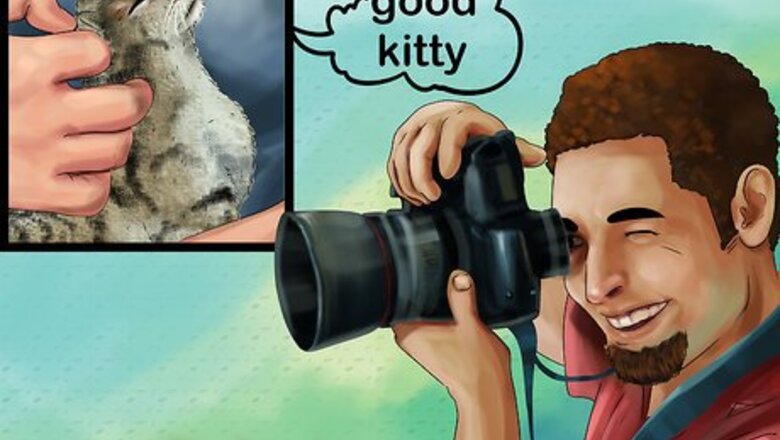
views
Keeping Your Cat Calm and Still For the Photographs

Pet your cat to keep it calm. Your cat may be feeling anxious or uncomfortable due to its condition, making it difficult for you to get it to stay calm and still for photographs. Try petting your cat in its favorite spots to keep it calm, such as its head or behind its ears. You can also say calming words to the cat, such as “good kitty” or “let’s be calm now.” You may position your cat in a comfortable spot in your home so it can relax. Then, pet it and say calming words to get it to settle down. Choose a spot your cat likes. For instance, if your cat likes hanging out on the couch, try the couch. Your cat is less likely to be calm in an unfamiliar place.

Use treats. Another way you can get your cat to stay still for photographs is to use treats. Give your cat a treat to nibble on while you take the photographs. This way, it will stay in one spot and be distracted while you snap away. You can use dry cat treats, tuna, chicken breast, or catnip.
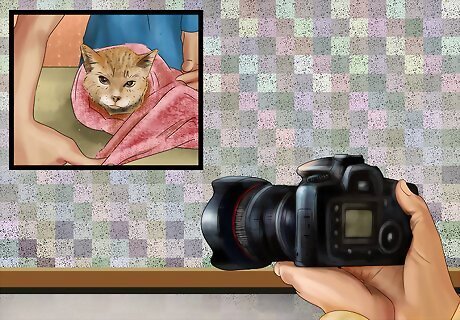
Try a towel. If your cat is really uncomfortable with staying still, you can try towel wrapping it. Use a large towel to do this. Place your cat in the center of the towel and wrap it up like a burrito. This will keep your cat calm and still while you photograph its symptoms. If your cat’s symptoms are on its body, not on its head or feet, you can try draping the towel over your cat’s head instead. This can help to keep your cat calm while you photograph the symptoms on its body.
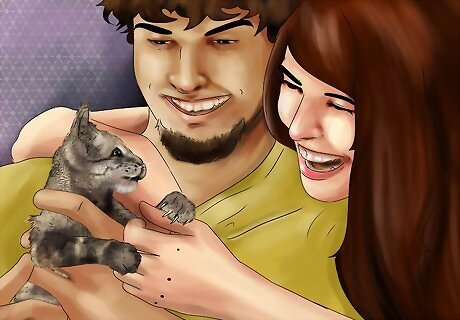
Get a friend or family member to help you. It can be a challenge to keep your cat calm for photographs on your own. To make it easier for you, ask a friend or family member if they can assist you. Try to choose someone who is comfortable around cats and who knows your cat well. This way, they can pet and soothe your cat as needed. Alternatively, you can have your friend take photos while you soothe the cat.
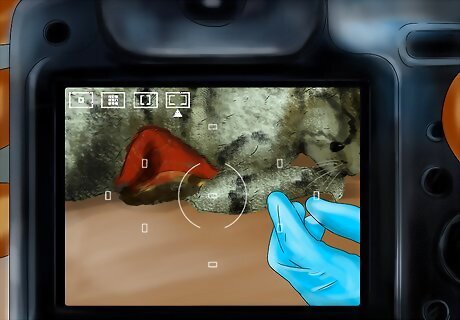
Make sure the symptoms are easy to see. To make taking the photographs easier, check that your cat’s symptoms are easy to see. If your cat has a skin issue, for example, make sure you can see it by parting its fur so you can get good photographs of it. If the symptom is harder to see with the naked eye, you may need to position your cat so they are easier to photograph. For example, if your cat has a wound on its stomach, you may need to position your cat on its back so its stomach is exposed and you can get good photographs of the wound.
Taking Photographs of Your Cat
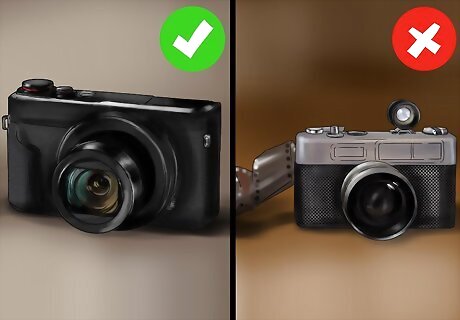
Use a good quality camera. Invest in a good quality digital camera to take photographs of your cat’s symptoms. This will result in high quality photographs that will be of use to your vet. Look for a digital camera that has a zoom feature and a decent lens. Make sure the camera has a flash option to light the symptoms, especially if they are hard to see with the naked eye. Avoid using a film camera, as the quality of the photos may be poor and it will take too long to develop them.

Choose a location with good light. To ensure you get the most useful photographs possible, pick a location indoors that has good light. Set up a lamp by a chair and photograph your cat using the lamp light. Or go into a room with fluorescent lighting so the symptoms will show up clearly in the photographs. If you want to take the photographs outside, choose a time with bright sunlight or daylight. A bright, cloudy day is often ideal for outdoor photography. Try your phone’s flashlight feature, too. This can be a great, portable tool to direct light wherever you need it.
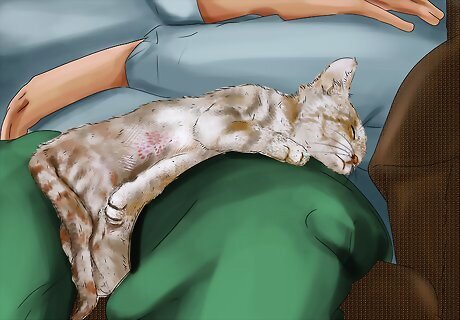
Position your cat in a comfortable position. Get your cat to sit down or lie down in your lap. Make sure the symptoms you are photographing is exposed and easy to see. Use one hand to part your cat’s fur, if needed, while you take the photographs. Angle the symptoms into the light so they are visible. If your cat’s symptoms are in a hard to see spot, ask a friend or family member to hold your cat while you take the photographs. This may make it easier for you to position yourself in a good spot to document the symptoms.
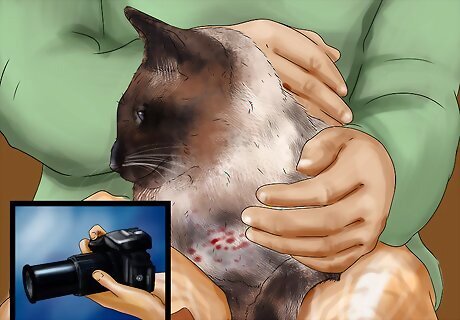
Zoom in on the symptoms. Use the zoom feature on the camera to get up close to your cat’s symptoms. Zoom in on the symptoms and take several close up shots. This way, your vet can get a good idea of what the symptoms look like in detail when they look at the photographs. You may take a mixture of zoomed in shots and wider shots, especially if your cat’s symptoms are a skin issue that looks different or varies close up.
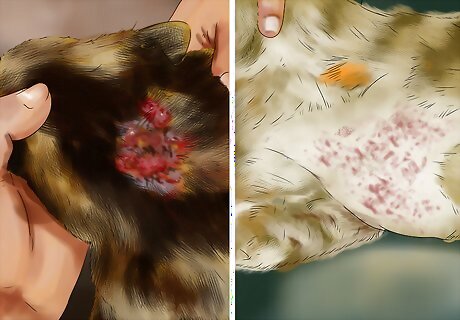
Take photographs over a period of time. If you notice a shift in your cat’s symptoms over a period of time, such as within a few days, document this in photographs. Take multiple photographs of the symptoms from day to day so your vet gets a sense of how the symptoms have changed or developed over time. For example, maybe your cat’s skin issue appears to be getting more inflamed or red in certain spots on its coat. Or maybe your cat’s eye issue appears more severe in the morning or at night. Document these changes for the vet.
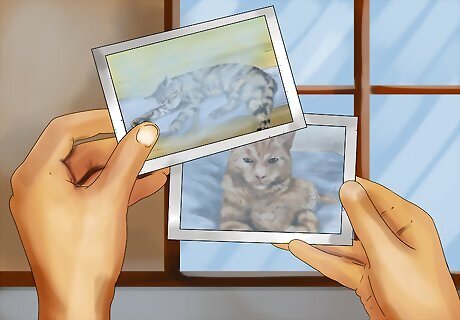
Bring the photographs to the vet. Once you have taken photographs of your cat’s symptoms, bring them to your vet appointment. You may bring your cat in as well so the vet can physically exam it and refer to the photographs as needed. Make sure you bring a variety of photographs, such as close ups and photographs from different days or periods of time. This will help to vet make a diagnosis and figure out what is causing your cat’s symptoms. Another option is to email the photographs to your vet in advance. This way, your vet has them on hand when you go in for your appointment. Some vets will request that you take photographs of your cat’s symptoms, especially if they shift over time. If your cat is put on a certain medication and has an adverse reaction, for example, your vet may ask you to take photographs of the reaction and bring them into your next vet appointment.












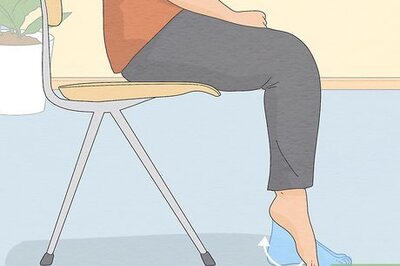






Comments
0 comment